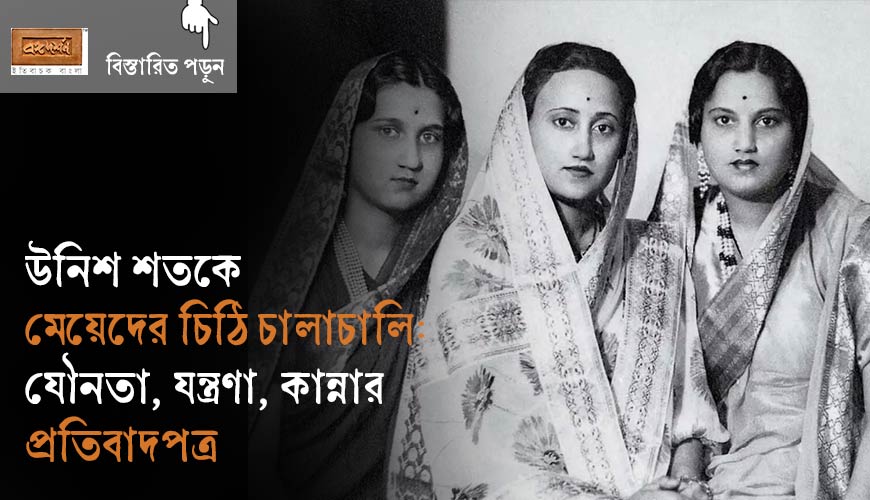Referred to as the 'Oxford of Bengal', Nabadwip offers much more than religious tourism
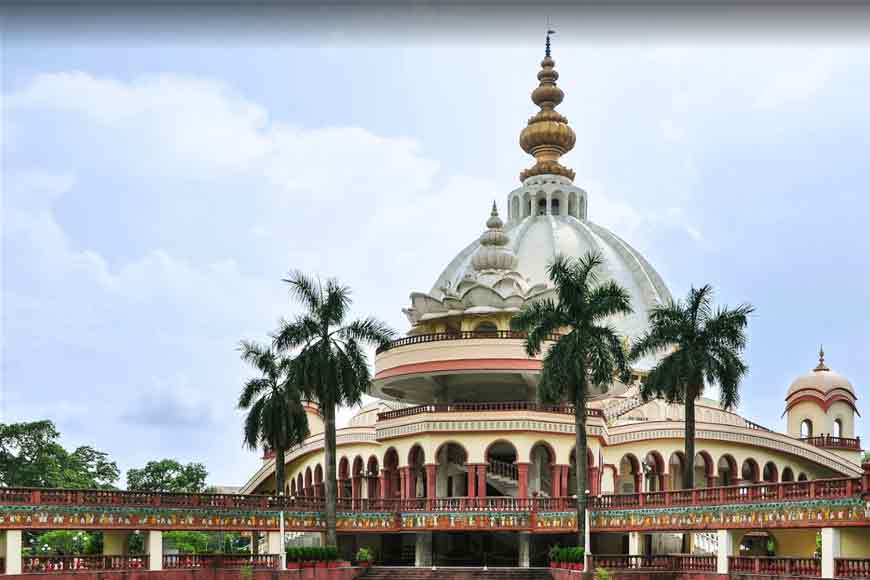
Speaking of tourism in West Bengal, most people probably think of north and south - the Himalayas and the Bay of Bengal respectively - first. What about east and west, though? What about Nadia, for instance? Famed as the district that is home to Nabadwip, often referred to as ‘Oxford of Bengal’, this eastern district of West Bengal offers much more than religious tourism, though, of course, Nabadwip and Mayapur are its greatest treasures.
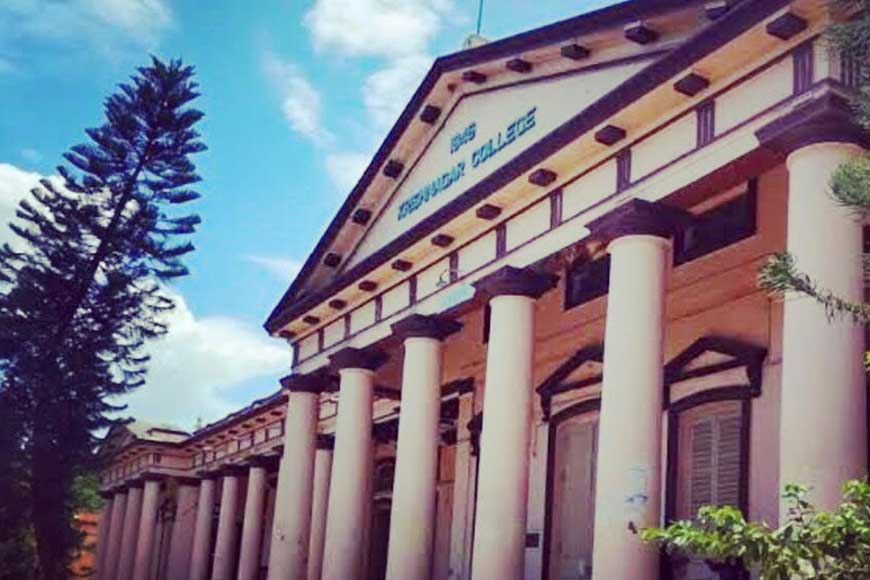
First and foremost, Sri Chaitanya Mahaprabhu (1486–1534) was born in Nabadwip, already home to some of India’s greatest medieval scholars by the time of his birth. The ancient Indian school of logic (tarka shastra) known as ‘Navya Nyaya’ system had been established in Nabadwip, which produced some of the most outstanding logicians of the 15th century.

Nabadwip was also an important seat of political power and the capital of Bengal under Ballal Sen and later Lakshman Sen, rulers of the Sena Empire, who ruled from 1159 to 1206. In 1202, Nabadwip was captured by Bakhtiyar Khalji, which marked the beginning of Muslim rule in Bengal.
The name of the city derives from the combination of the Bengali words ‘naba’ (new) and ‘dwipa’ (island) and not, as is popularly believed, from ‘naba’ (nine) islands. In very ancient times, the alluvial soil carried down by the Ganges was gradually deposited here, forming a new island which became Nabadwip. In his book Chaitanya Charitamritam, Kabi Karnapur refers to Nabadwip as ‘Nabīna dbīpaṁ’ (‘nabin dwipam’), once again meaning new island.
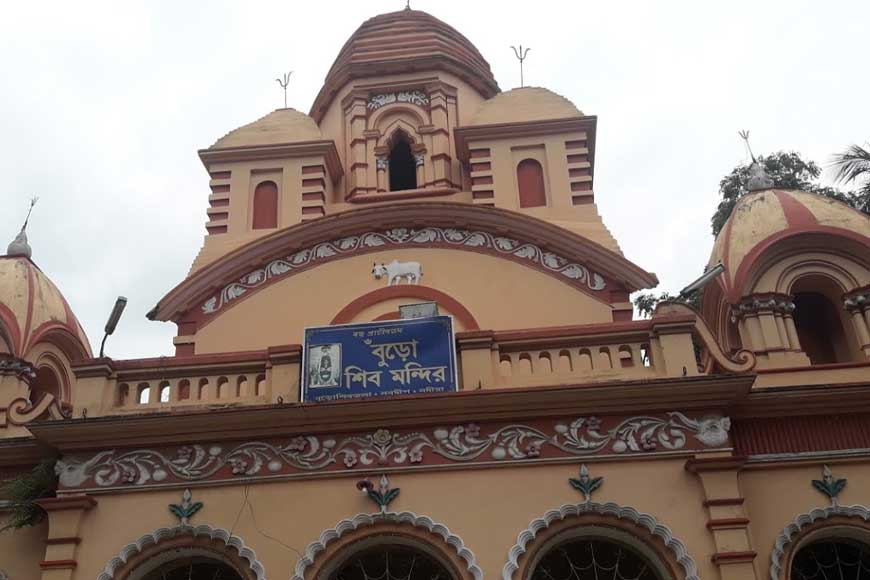
Nadia in general, and Nabadwip in particular, have gained their reputation as a tourist destination thanks to the advent of the Bhakti movement and the Vaishnav cult of Sri Chaitanya. However, the religious mix at Nabadwip embraces a combination of Vaishnav, Shakta, Buddhist, and Shaiva schools. The main festival of Nabadwip remains ‘Rash Utsab’, also known as ‘Pat Purnima’ or ‘Rash Kali Puja’ or ‘Shakta Rash’, a unique display of widely different idols under one banner.
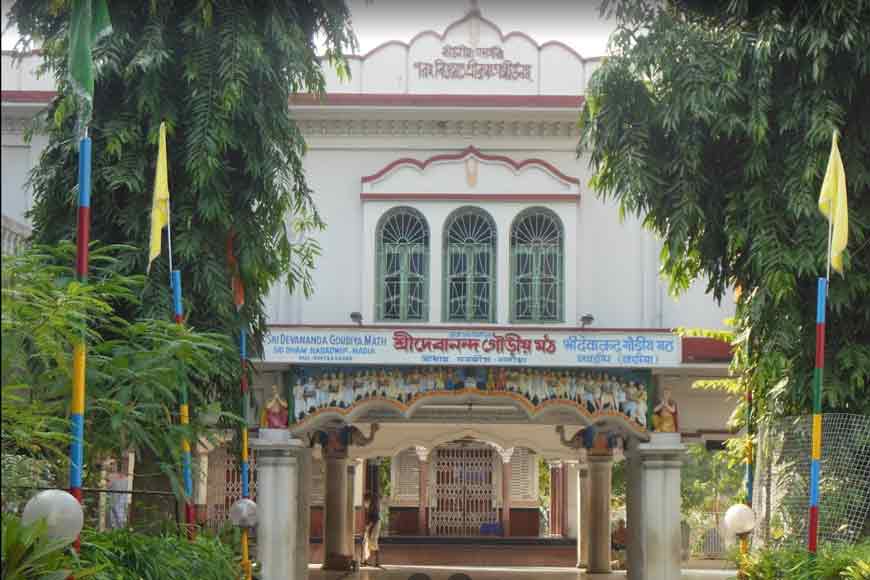
Visitors to Nabadwip ought to do the rounds of Sri Chaitanya Saraswat Math, the ISKCON temple at Mayapur, the Radha Rani temple, the Devananda Gaudiya Math, Sri Mahaprabhu Mandir, the Shiv Mandir, the Purbasthali Bird Sanctuary, and the Pushpa Samadhi Mandir. Though almost all these places are obviously religious in nature, they are also important landmarks in the ancient and rich history of Nadia and Nabadwip.
Taking a train from Howrah or Sealdah station in Kolkata is the easiest way to get to Nabadwip. However, those wishing to drive down can take Delhi Road and drive for 3 hr 44 min (117.2 km).







